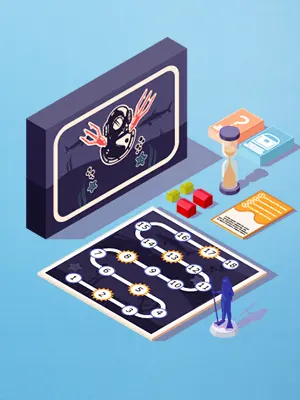Board Game Examples
We discuss the seven most common types of board games and share our favorites to inspire your creativity and get you started designing your own custom board game

What Are the Seven Types of Board Games?
It’s often said that there are only seven types of board games. We actually think there may be more, but it’s likely that they’re variations on these core types. If you’re planning your own custom board game design, looking at successful games can be an inspiration. You should never just copy someone else’s games, but you can ask yourself what aspects of the design give the game its appeal; and then see if you can achieve a similar effect but in your unique way. So, what are the seven most popular board game categories?
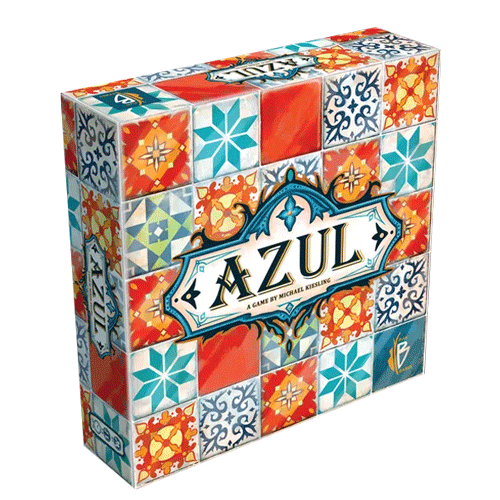
Image credit from BoardGameGeek
1. Placement Games
In placement games, each player must deploy tokens, figures, tiles, or other game pieces to occupy spaces on the board. Spaces are limited and specific placements may earn more points as players compete for the best placements. This basic idea can be developed in an astonishing variety of ways.
One of our favorite examples of a placement game is Azul, in which players compete to acquire and place colored tiles on the board. Fundamentally simple in its core concept, and inspired by the history of the beautifully tiled Alhambra Palace in Spain, this is a charming game with almost endless permutations.
2. Set-Collection Games
Set-collection games need players to build up sets — often of cards, but sometimes other objects — in order to win. The mechanics of set-building may vary, but it’s the objective win condition (a full set, or a more powerful set than your opponents, for example) which define this kind of game.
We’ve enjoyed playing Dominion, which is a card-based form of the game type, in which players must build up a deck of cards with different powers in order to gain dominion over the land. Another cool set-collection game we have had a lot of fun with is Ticket to Ride, in which players must collect cards to build a railway line linking major cities.
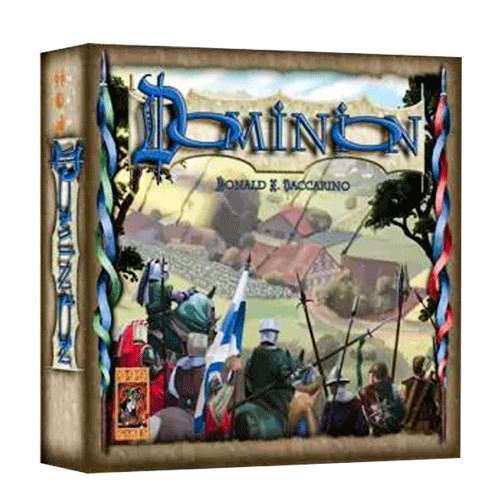
Image credit from BoardGameGeek
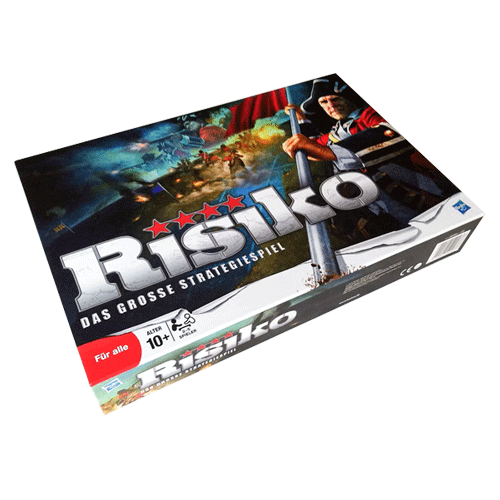
Image credit from BoardGameGeek
3. Area Control Games
Area control games are almost always highly strategic and played on a broad conceptual canvas. Players must expand their control of as much of the board as possible. The winner is the player with the widest area under their control at the end of the game.
It’s not a new game, but the classic version of Risk is far-and-away one of the best and most enjoyable examples of an area control game. You need smart moves, clever strategies, and a bit of luck to win at Risk while you strive to conquer the world.
4. Mystery Games
Mystery games demand that the players follow clues and solve puzzles to work out the answer to a mystery. The classic example is Clue, everyone’s favorite detective game. But Mysterium and Deception are more up-to-date examples of this game type. Mysterium is also a murder mystery game, but with a supernatural twist. Deception takes the crime-solving game to another level, as one of the players takes on the role of the murderer, another their accomplice, and the others need to gather evidence, avoid “red herrings” and try to work out “who dunnit”
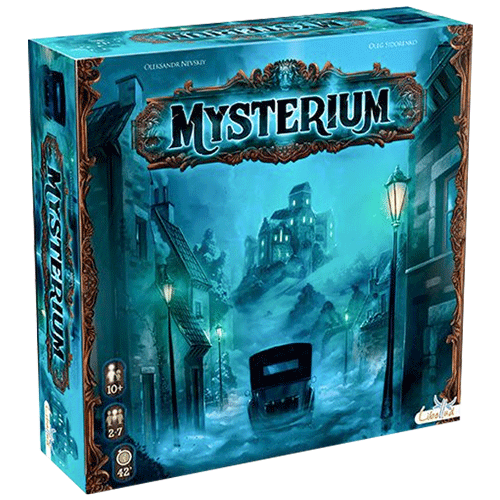
Image credit from BoardGameGeek
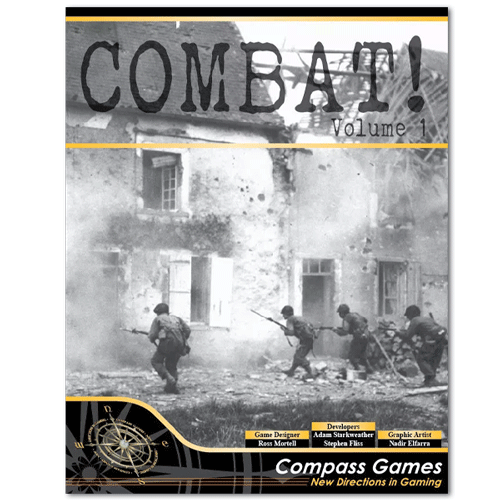
Image credit from BoardGameGeek
5. Combat Games
Once one of the most common types of games, combat-based versions have fallen a little out of fashion, or perhaps they’ve just successfully hived off into the world of wargaming per se. Most games these days are strongly influenced by interactive storytelling elements drawn from the role-playing game tradition or include degrees of co-operation and strategy over outright fighting. But one combat game that’s caught our attention is the aptly named, Combat!. It’s unusual because it’s a one-player solitaire game, in which the player pits themselves against the game system in a ground-level fight scenario set in World War II. We think there should be more games like this, that a player can enjoy alone but still feel engaged.
6. Legacy Games
Legacy games are undoubtedly among the most popular new development in board gaming today. With this type of game, the game, the objectives, even the way you play, change and evolve as the “story” progresses. These games often play out over many sessions, and each time you come back to the next round, you have fixed changes based on the outcomes in the previous session. It’s like a combination of a board game and a live-action novel or movie. Gloomhaven is a popular legacy game, and we’re excited to test out it’s sister version, Frosthaven, too.
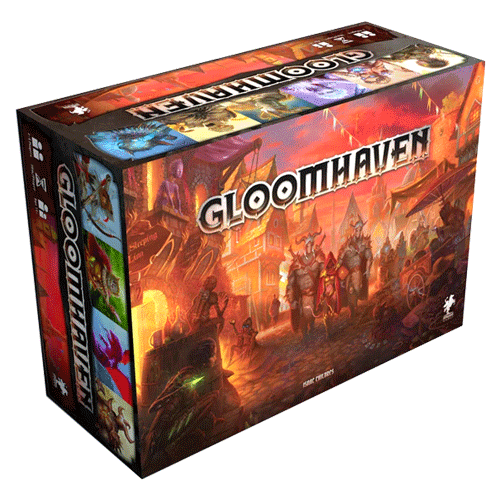
Image credit from BoardGameGeek
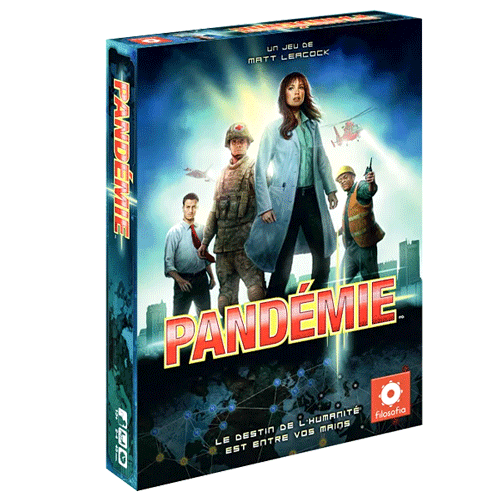
Image credit from BoardGameGeek
7. Co-operative Games
Co-operative games are increasingly favored over competitive versions. As the name suggests, players must work together to solve the problems the game presents. The better they can co-operate as a team, the greater their chances of winning.
We’ve tried several co-operative games, and it’s definitely an enjoyable spin on the board game idea. Our favorite at the moment is Pandemic. While we can understand if you think it’s a little too topical for comfort, it’s a great game to play, in which the players must co-operate as disease experts to quash the global spread of several virulent plagues.
Your Turn!
We hope that’s inspired you and given you some idea of the range of possibilities for game types you could get started with when you’re designing your own custom board game. Of course, many games mix and match aspects of different game types and there’s no reason why you shouldn’t do that, too. If you’re interested in learning more about the details of board game development and design, we’re constantly adding to our growing knowledge-base which is like a free online course in game design. Get started here: Game Design Guide
Once you’ve designed and play-tested your game, and perhaps reached your stretch goals on your Kickstarter campaign, you’ll need to get your custom board game made. At QinPrinting we have lots of experience, an enthusiastic team, the latest printing and manufacturing technology, and a genuine commitment to personalized customer service. When you’re ready to manufacture your game, let’s talk!
QinPrinting Reviews
The product itself is so well made in terms of quality — Every detail was exactly as promised, if not better.
What really stood out to me, though, was the follow-up. Even after the purchase and delivery Nelson checked in to ensure everything was running smoothly and that I was satisfied. That level of care and commitment to customer experience is rare and truly appreciated.
They produced an excellent product that was printed, shipped and arrived within the expected timescales.
Emails were responded to quickly by Susan.
The whole process was smooth and straightforward.
What a delight!
Whenever I have a creative idea, their team goes above and beyond to help bring it to life. I’ve printed four comic books with them, and each time, they’ve exceeded my expectations. If you’re considering a printer, take a chance on these friendly, reliable folks—they truly value your business. - Chad Townsend, Creator of The Black Phantom.
But working with Nelson was an absolute pleasure. He patiently addressed all my concerns, and my final printed book was just as I would hope it would be.
* All images of games used in this article are copyright of the owners and used here in compliance with the Fair Use Policy of international copyright law.



